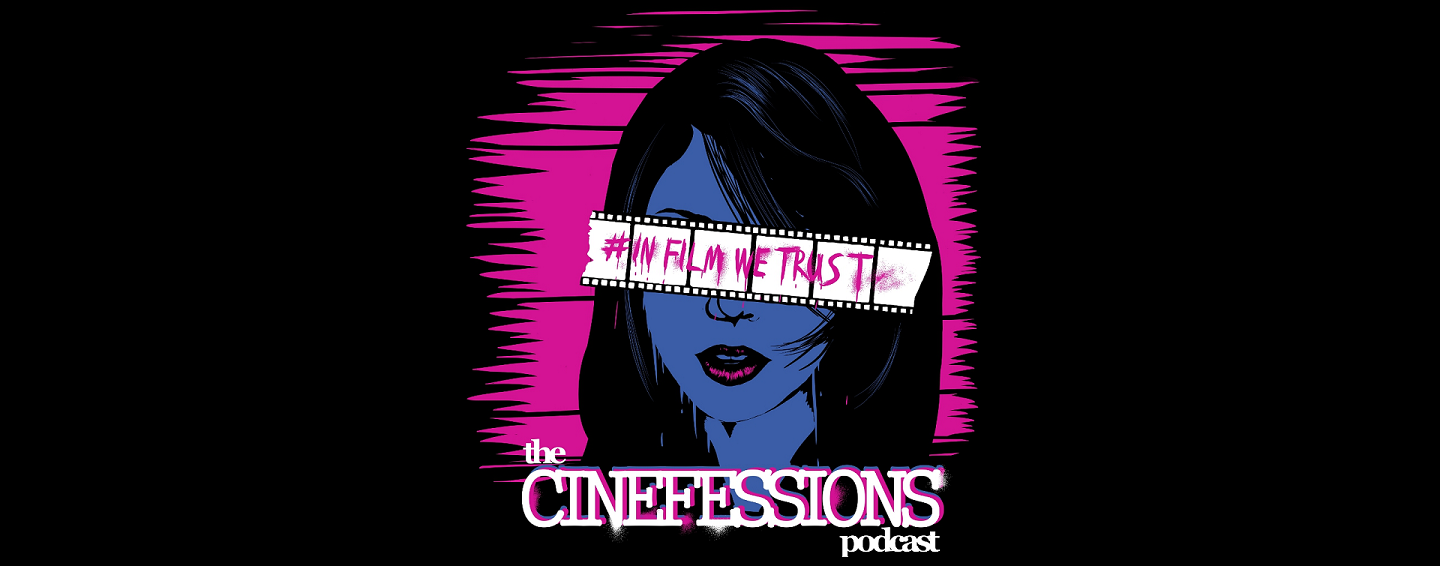Musings On… is a new periodic feature on The Movie Files that will focus on movies that I have 1) reviewed in the past and wanted to talk more about, or 2) are too niche to receive a proper star rating. These will be long-form writings on film and will not contain any star rating. Spoilers are possible in these writings, but will be labeled at the beginning of each Musing. Today’s musings cover the first ever shot-on-video slasher film…Sledgehammer.
—
 Movie Number– 67
Movie Number– 67
Title– Sledgehammer (1983)
Running Time– 85 minutes (“Not Rated”)
Director– David A. Prior
Writer– David A. Prior
Starring– Ted Prior and Linda McGill
—
(Edited from Parts of my IP Movies DVD Review)
There has never been a time I’ve wanted to have an unlimited supply of money more than right now. Instead of writing about Sledgehammer, I would rather just buy everyone a copy of their own, because this is a slasher film that one has to see to believe. David A. Prior’s 1983 Sledgehammer is unlike anything I’ve ever seen before, and it demands to be seen over and over again.
Sledgehammer is the first shot-on-tape slasher film to be made for the home video market. This was considered “unacceptable” at the time, but Prior simply wanted to make a movie, and shooting on tape was his only option. Released by Western World Video in 1984 – after the initial success of Prior’s second film, Killzone (shot on 35 mm film) – Sledgehammer has become one of the rarest slasher films of the 80s, and one that has garnered a respectable cult following. Though Prior set out to make something that was typical to the other “Jason slasher films” of the day, Sledgehammer ends up being one of the most memorable films I’ve ever seen because of one, hyphenated word: slow-mo.
 In Sledgehammer, seven friends get together to enjoy a crazy weekend in the mountains, drinking and partying to their hearts content. The house they rent for the weekend, though, is keeping a dark secret: years ago, a young boy murdered his mother and her lover inside the house. Unbeknownst to the group, a shape-shifting evil still lurks within the walls of the secluded mountain home, waiting to be unleashed.
In Sledgehammer, seven friends get together to enjoy a crazy weekend in the mountains, drinking and partying to their hearts content. The house they rent for the weekend, though, is keeping a dark secret: years ago, a young boy murdered his mother and her lover inside the house. Unbeknownst to the group, a shape-shifting evil still lurks within the walls of the secluded mountain home, waiting to be unleashed.
The first day at the house, after being dropped off by a driver, John (played by John Eastman, who, according to Prior on the director’s commentary, is now a spy novelist) goes searching through the garage for no discernable reason. He finds a sledgehammer and takes it. This is the key that unlocks that evil spirit, and the fight for survival is on.
It is important to understand that Sledgehammer is a terrible movie. In fact, it is, bar none, the worst film I’ve ever seen. What sets Sledgehammer apart from films like Hyenas, though, are the bold choices the director makes. Even though most of these choices are laughably bad, they help make Sledgehammer unique, memorable, and funny, which is why fans of the film are frothing at the mouth over this new DVD release.
The worst choice that Prior makes is the use of slow motion. He admits in the commentary that the only reason he used all this slow motion was to extend the runtime to make it a full, feature-length film. There is a slow motion scene at the beginning of the movie that is literally two minutes and twenty seconds in length that shows nothing except Chuck (Ted Prior) and Joni (Linda McGill) walking through a field of flowers. Nothing happens, and the plot doesn’t advance, but Prior shows this for over two entire minutes. Slow-mo scenes are used for doors opening, doorknobs turning, women screaming, killings, and even while a character plugs something into an electrical outlet. These parts, along with overused still shots to end scenes, are tedious to watch and kill the pace of the film.
 The funniest part of Sledgehammer has to be the acting. Literally every actor in the film is dreadfully bad, which makes every moment cringe-worthy. Anyone who enjoys laughing at movies with terrible acting will find none better than Sledgehammer, and I found myself laughing out loud for the majority of the movie. It’s blatantly obvious why virtually no actors in Sledgehammer went on to film careers (aside from Ted Prior, who has collaborated with his brother – director David Prior – on over 15 films).
The funniest part of Sledgehammer has to be the acting. Literally every actor in the film is dreadfully bad, which makes every moment cringe-worthy. Anyone who enjoys laughing at movies with terrible acting will find none better than Sledgehammer, and I found myself laughing out loud for the majority of the movie. It’s blatantly obvious why virtually no actors in Sledgehammer went on to film careers (aside from Ted Prior, who has collaborated with his brother – director David Prior – on over 15 films).
By happenstance, I watched Friday the 13th Part 2 right before watching Sledgehammer. The connections between these two movies are incredible! In Part 2, Paul jokingly tells his counselors-in-training that they cannot have any food fights; Sledgehammer has a ridiculous food fight scene. Ginny kicks Jason in the nether-region to slow him down in Part 2; Joni kicks the shape-shifting behemoth in the same spot to get away from him. Paul and Ted tell the story of Camp Crystal Lake to scare the counselors during Part 2; Chuck and his buddy tell the story of the house in order to prank their buddies in Sledgehammer. There are other, even smaller connections that no one would notice unless they watched the two films back-to-back like I did, but it’s fascinating to see the similarities from Sledgehammer to Friday the 13th Part 2. David Prior admits that he was just trying to make another Jason-type slasher film, so he must’ve spent a lot of time watching the first couple movies during his week-long Sledgehammer script-writing session.
(Watching Friday the 13th Part 3 after posting this article, I realize that a character in the beginning of Part 3 uses the exact same mask that the killer in Sledgehammer uses. Coincidence? Doubtful.)
Even though Prior abuses slow motion effects, the script is terrible, and the acting is piss poor, Sledgehammer is worth watching because it never takes itself too seriously. Prior understood that the slasher genre was made up of ridiculous situations and stupid characters, and he delivers both in copious amounts with his first film. From food fights to séances, the 80s supernatural slasher is alive and strong through every second of Sledgehammer, and cult genre fans looking for a laugh will surely get a kick out of it. No matter how much time I spend critiquing the merits of Sledgehammer, I couldn’t possibly do the film justice; it simply must be seen to be believed.

Branden has been a film fan since he was young, roaming the halls of Blockbuster Video, trying to find the grossest, scariest looking VHS covers to rent and watch alone in the basement. It wasn’t until recently, though, that Branden started seeking out the classics of cinema, and began to develop his true passion for the art form. Branden approaches each film with the unique perspective of having studied the art from the inside, having both a bachelor’s and master’s degree in acting. He has been a film critic since 2010, and has previously written for Inside Pulse Movies, We Love Cult, and Diehard Gamefan. His biggest achievement as a film critic, to date, has been founding Cinefessions and turning it from a personal blog to a true film website, housing hundreds of film and television reviews, and dozens of podcasts.



[…] David A. Prior) – No Rating – Amazon — IMDB — Inside Pulse Movies — The Movie Files – Here is a film that defies explanation. I wrote a great deal about it when I first review […]
[…] terrible films. There is one that stands above the rest, though, and that is Sledgehammer, which I reviewed last year. This is definitely one of the worst films ever made, and I adore it. Birdemic would fall into this […]
[…] always give any horror film a chance because you never quite know when you’ll find the next Sledgehammer, or The Chainsaw Sally […]